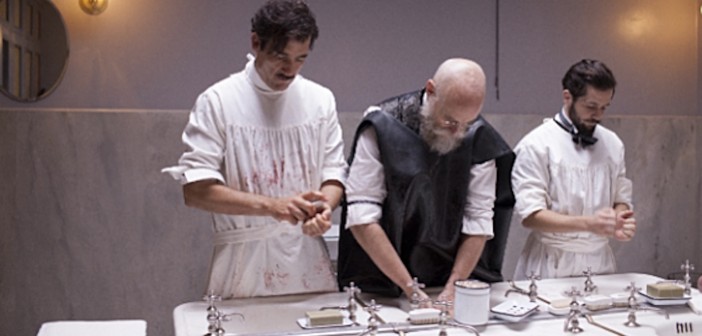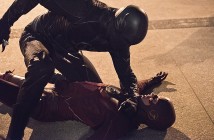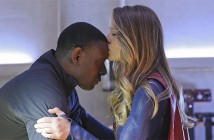In many ways, Cinemax’s The Knick is late to our television sets. By that I don’t mean its 1900 medical practices—those spraying, gushing, medical practices—are too forgone to be subject fodder for prestige television drama; they aren’t. By that I mean there are some elements we’ve seen before occurring between the credits.
Take for instance our lead character, Manhattan surgeon John Thackery. I’m getting tired of typing it, but they just keep coming back: “antihero.” Like Walter White, Tony Soprano, Don Draper, and Jimmy McNulty, he’s got some unquenchable personal vices (control to Walt; Tone, Don, and Jim’s power, women, alcohol/women/power, and alcohol/women, respectively), an enormous ego, and a drive to be recognized for his achievements. But what so many of the failed facsimiles of these great characters who showed up late to the game—trying in vein to reverse engineer audiences’ conflicting emotions with these at once great and despicable men (that they’re always men is something else I’m getting equally tired of typing)—don’t have is a lead like Clive Owen and a director like Steven Soderbergh crafting a persona from the ground up.
As Thackery, Owen breathes confidence into whatever room he settles, a genius and a mad man at all once, as his newest colleague would eventually note. Thackery’s primary function is also to save lives—not just those lying on the operating theater table, but those in the future that his experiments will save in the hands of other doctors around the world. That’s a burden the antiheroes before him didn’t have to (and would never want to) bear.
In that sense he’s more like Draper’s friend and neighbor Arnie Rosen, the surgeon who’s aware he lives and deals with death constantly, but does so in a detached manner. Rosen’s detachment is more a natural mystery, Thackery’s is just part of his process. All he really wants is to improve medicine, preferably with his name attached to it, and whether that means saving the person on the table in front of him or using them as a learning experience is probably about all the same to him. This is what makes Thackery original: so far, at least, he’s anything but conflicted; he’s just driven.
This has become (only a) part of Soderbergh’s legend; taking a formula audiences know and love (if they’re not already tiring of it), and breathing new life into it with only a few key adjustments. Only here he’s doing it threefold: as an antihero story, a medical drama, and a period drama. If you want to take it a step further, he’s also breathing new life into television in general, filming the entire season as a 10-hour movie around New York City in 73 days.
The result so far? An intriguing first hour that, if nothing else, sets the stage for a (hopefully) deeply human series. Where many shows struggle to connect with audiences, the scope of The Knick will always be pertinent in that it’s a close look at man’s drive to prolong humanity, and in its wake, we see much of the ugliness that Thackery and his colleagues are struggling so hard to prolong: a hospital all but turning away an accomplished American-American surgeon; a city health inspector who extracts bribes for a living; an ambulance driver who uses the threat of physical force to ensure his team gets the subject in question (and rewarded on commission); a surgeon carrying out high-risk procedures while ripped on cocaine.
The Knick isn’t explosive. It’s not mysterious. It’s not scandalous. It’s not a thriller, and it’s not action-packed. More than anything, though, and more than can be found in most corners of the television universe, The Knick is human.



